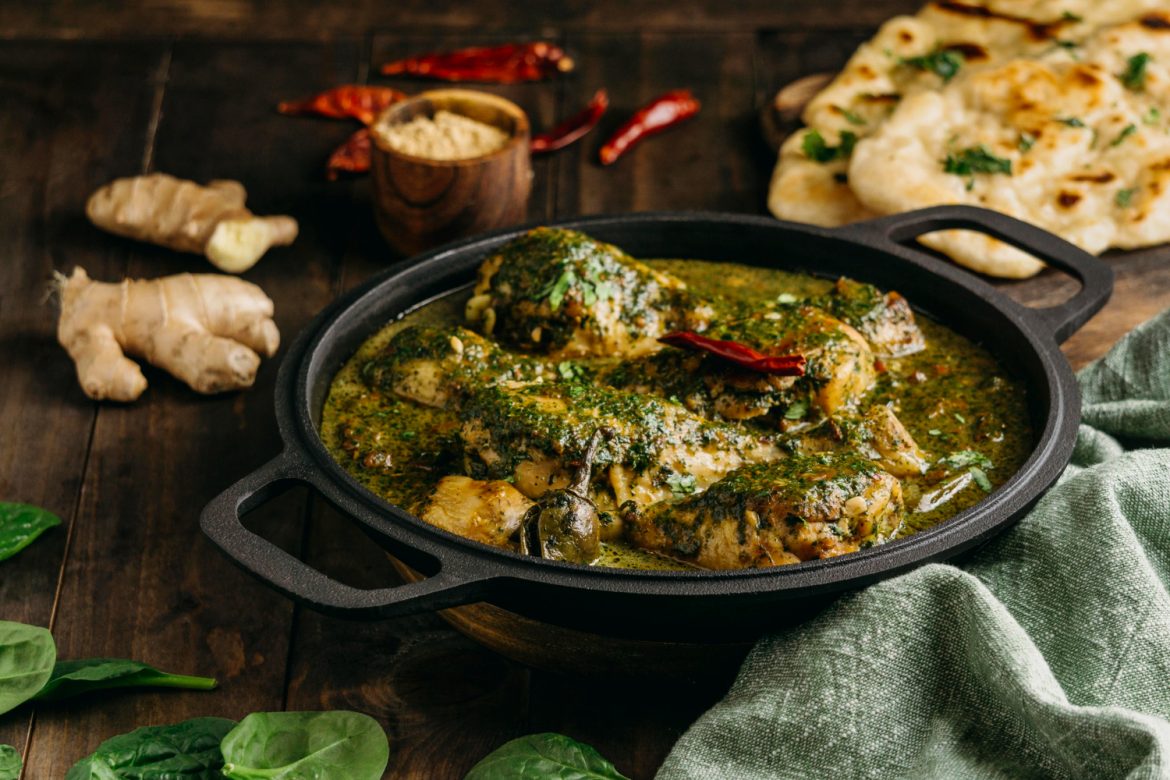Buší, a term that resonates with a rich culinary history, is more than just a dish it a cultural journey that takes you through the vibrant flavors and stories rooted in various traditions. This article aims to delve into the intricate details of buší, exploring its ingredients, dish variations, flavors, and the cultural significance that makes it a culinary masterpiece.
Table of Contents
ToggleThe Origins and History of Buší
To truly appreciate buší, one must understand its origins. Buší is a traditional Congolese dish, deeply embedded in the culinary heritage of the region. The term buší itself is derived from the Lingala language, spoken in the Democratic Republic of Congo. The dish has humble beginnings, often associated with the everyday meals of the Congolese people, reflecting the resourcefulness and creativity in utilizing local ingredients.
Ingredients That Define Buší
Authentic buší dishes are a medley of ingredients that contribute to its unique and tantalizing flavor profile. The base often consists of collard greens, a staple in Congolese cuisine, known for their nutrient-rich content. The meat component, typically beef or game meat, adds a hearty and savory dimension to the dish. What truly elevates is the use of annatto seeds which impart a vibrant color and a subtle earthy flavor to the preparation.
The Flavors That Define Buší
Buší is a celebration of flavors a harmonious blend of earthy spicy and savory notes that dance on the taste buds. The collard greens provide a slightly bitter undertone, balanced by the richness of the meat. The addition of chili peppers infuses a fiery kick, while annatto seeds contribute a mild, peppery warmth. The combination of these elements creates a symphony of flavors that is both comforting and adventurous.
Culinary Techniques and Regional Variations
The preparation of buší involves a meticulous process that highlights the culinary prowess of the Congolese kitchen. The greens are carefully washed, chopped, and simmered to perfection. The meat is seasoned with a blend of local spices and slow-cooked to achieve tenderness. The annatto seeds are ground and infused into the dish, imparting their distinct color and flavor. While the core elements remain constant regional variations may introduce unique twists, showcasing the diversity within the Congolese culinary landscape.
Buší Around the World
As cultures intertwine and people migrate, buší has found its way beyond the borders of the Democratic Republic of Congo. The global diaspora has brought this culinary gem to different corners of the world, adapting it to local tastes and ingredients. In Guam, for example, the introduction of local greens and peppers may give a Pacific flair, creating a fusion of flavors that pays homage to its roots while embracing new influences.
Cultural Significance and Symbolism
Buší is more than just a meal it a cultural symbol that reflects the identity and heritage of the Congolese people. The dish often takes center stage during celebrations, family gatherings, and important events. It serves as a connection to ancestral roots, a reminder of shared history, and a source of pride for those who prepare and enjoy it. The act of preparing is a culinary journey that bridges generations, preserving traditions while allowing for creative expressions.
The Culinary Evolution of Buší
As with any traditional dish, buší has evolved over time, adapting to changing tastes, available ingredients, and culinary trends. Contemporary chefs and home cooks may experiment with different cuts of meat, alternative greens, or innovative spice combinations. This evolution not only keeps the tradition alive but also ensures its relevance in modern kitchens, captivating new audiences and sparking a renewed interest in Congolese cuisine.
Health Benefits and Nutritional Value
Beyond its rich flavors and cultural significance, buší also offers notable health benefits. Collard greens, a key component of the dish, are packed with vitamins, minerals, and antioxidants. The lean protein from the meat contributes to muscle health, while chili peppers may provide metabolism-boosting properties. The combination of these ingredients creates a well-rounded, nutritious meal that aligns with a balanced and healthy diet.
Conclusion
Buší is more than a dish it a culinary journey that connects people to their roots, celebrates cultural diversity, and showcases the artistry of the Congolese kitchen. From its humble origins in the Democratic Republic of Congo to its global presence remains a testament to the enduring power of food to transcend borders and bring people together. As you savor the flavors of this culinary masterpiece, remember that each bite is a taste of history a celebration of culture, and a journey through the vibrant tapestry of Congolese cuisine.








